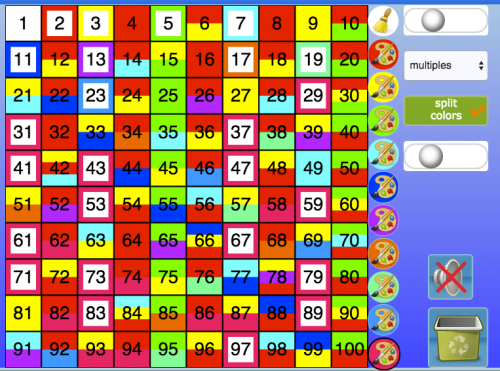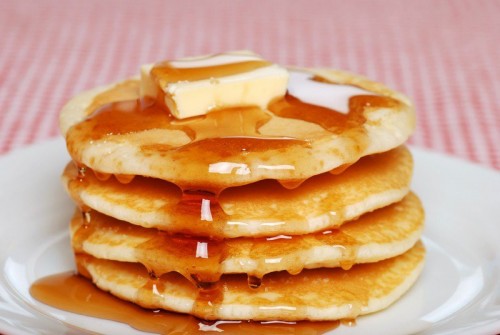
Image Source
This is a picture of a mechanical calculator, common in Europe in the 1960’s. Imagine using one of these in school! We are lucky now to have very cheap and efficient electronic calculators that can do quite sophisticated operations. However, it is still important to have automatic recall of number facts – like when collecting change at a shop, calculating wages and saving for something special.
This week we will be practicing basic operations – multiplication tables up to 12, indices, order of operations (BODMAS) and short division. In Year 8 we will be doing operations with negative numbers. There are several FREE apps that you can access on mobile devices to practise basic operations:
- ***Wishball (place value, adding and subtracting)
- ***Motion Maths Hungry Fish (addition)
- ***Motion Maths Wings (multiplication)
- King of Maths
- Times Tables Quiz!
- IXL Maths Practice
***I have tried and recommend these ones, but there are lots more available. Choose one, tell me about it and let me know what you think in the comments below. Please continue to work on your Mathletics activities and Mathsmate worksheets (due Friday).









